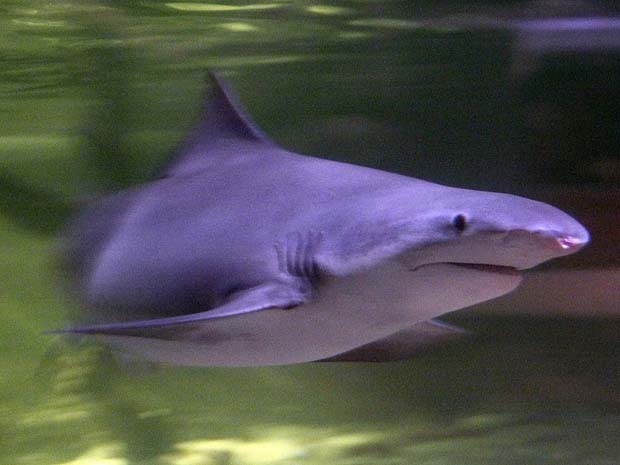The following excerpt is from the book The Fisherman’s Ocean by David A. Ross, Ph.D. Reprinted with permission from Stackpole Books, Mechanicsburg, Pennsylvania.
The Sense of Vision
[dropcap]T[/dropcap]he question of what fish actually see has been, and still is, a challenging one for marine scientists. Despite numerous studies on the character and structure of fish’s eyes, it’s not known what image their brain is actually seeing. Scientific knowledge about a fish’s sense of vision comes from two main sources: physical examination of various parts of their eyes; and studies of how fish respond in the laboratory and in the field to various images, colors, or other sight stimuli. Most of these laboratory and field studies, however, have been done on freshwater species. Also, different species may exhibit different physical and behavioral responses during scientific studies, so generalizations about fish vision should be treated with caution.
General Aspects of Vision
Fish species, during their hundreds of millions of years of existence, have developed sophisticated systems of vision with which they distinguish prey, find companions, and detect obstacles or movements by other creatures. These systems enable fish to see in low-light conditions, in dirty or murky water, and sometimes even over long distances. Studies have shown that the eyes and retinas of most fish provide good contrast detection, motion perception, and the ability to obtain a clearly focused image. In general, most fish are nearsighted, though some sharks are thought to be farsighted.
Fish do not have necks, of course, and therefore cannot turn their heads independent of their bodies. Indeed, they would not be very efficient swimmers if they had to constantly turn their head to see what was off to the side or above or below or behind them. They compensate for this physiological limitation in two ways. First, their eyes usually protrude out from the sides of their head, and each eye can move independently. Second, they can rotate their eyes without moving their head; thus, each eye has an almost 180-degree view of the fish’s surroundings, and can scan up and down. This adaptation gives most fish a wide lateral field of vision. The eyes of some fish are positioned so that they have a expanded field of vision up or down—the direction is related to whether they feed at the surface or on the bottom.
This visual system is not perfect, as fish have some blind spots immediately in front of and behind them. Depending on the spacing of their eyes, some fish have a small blind area immediately in front of their nose, so a fly presented there actually might not be seen. The blind spots can be somewhat reduced or even eliminated by the fish as it moves its head side to side while swimming. Because both eyes work together, fish can very accurately see objects directly in front of them. At some fixed point in front of a fish, both eyes can pick up an object. At this point, they have binocular vision. It’s not necessary, however, to put a fly directly in front of a fish, as it can easily detect the fly if it’s presented to either side.
Although vision is an important sense for most animals, for some fish it is less important than their sense of smell or the use of their lateral line. Many fish use their sense of smell or hearing to initially detect or find their food, and then use their eyesight to guide them on the final attack. Some movement of the prey is usually necessary to trigger or provoke the final attack, since most predatory fish are very curious and will examine anything that crosses through their field of vision. Scientific studies in aquariums have shown that predatory fish get agitated and excited by movement.
In next Wednesday’s Fish Facts Ross explains more about fish SENSES and how to apply them to improve your fish-catch stats.








